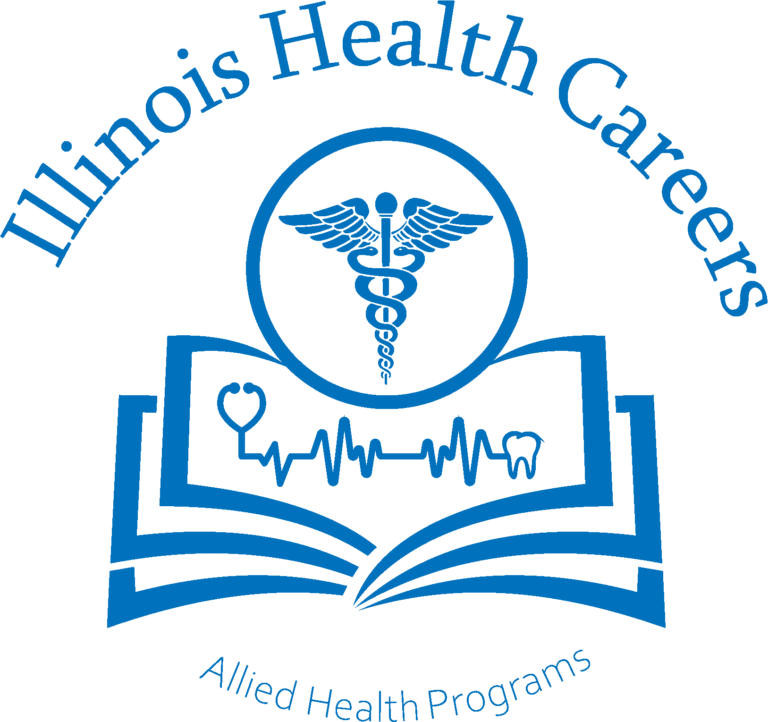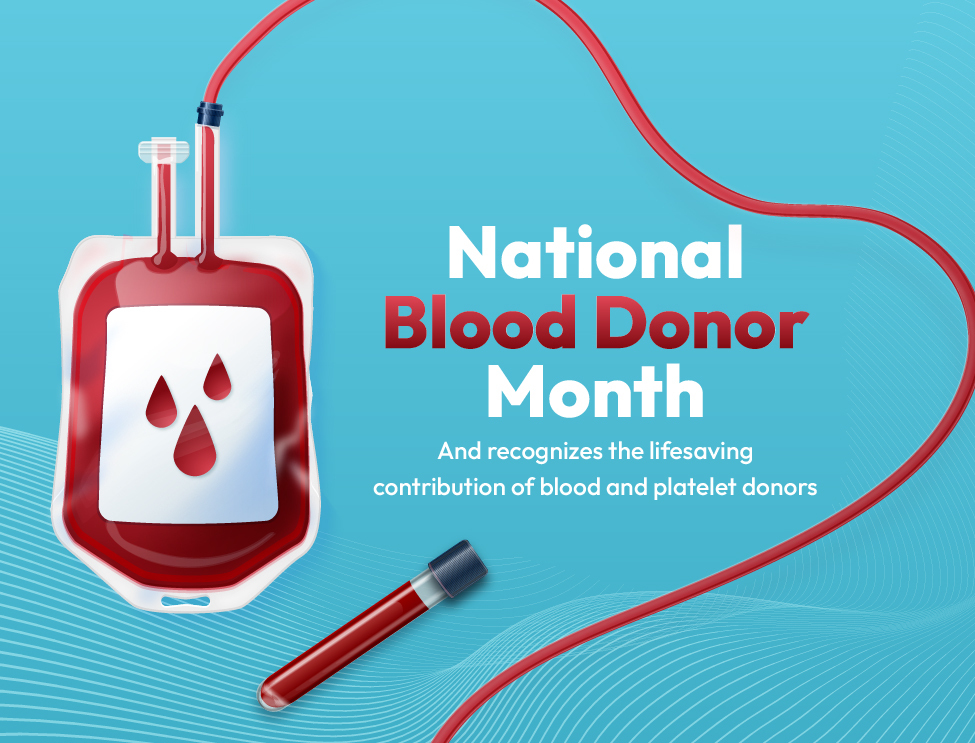National Blood Donor Month is an important time to remember the lifesaving contribution of blood and platelet donors. In 2018, 2,982 people in the United States received life-saving blood and platelet donations from someone in their community. That’s more than 1,000 more lives saved than during the same period in 2017. There are many ways you can support the blood donor community and make a difference during National Blood Donor Month. Here are a few ideas.
- Attend a local blood drive;
- Give blood or platelets to help save lives. Most blood drives are open to the public, so there’s no need to miss out on this important tradition.
- Write letters to your elected officials
- Make sure your voice is heard when it comes to supporting blood donation. Let them know how vital it is for communities across the country.
What is National Blood Donor Month?
On National Blood Donor Month, we celebrate the lifesaving contribution of blood and platelet donors. Every day, more than 2,000 people in need receive blood products through national blood drives. The majority of these donations come from unpaid volunteers like you.
Blood donation is an easy and simple way to help others in need. When you donate blood, your donation helps provide life-saving treatments for patients who are injured or sick. In addition to saving lives, donating blood also helps preserve our national tissue bank and ensures that those who need blood can get it quickly and easily.
National Blood Donor Month is a time to thank all of the volunteers who give blood throughout the year, as well as the donors who make this possible by providing life saving donations on designated days during the month. So please join us in celebrating National Blood Donor Month by giving something special back to those in need this October!
Why are blood and platelet donations so important?

Blood and platelet donations are so important because they help to save lives. Every 2 seconds, someone in the United States needs blood or platelet donors. The United States collects 13.6 million units of whole blood and red blood cells each year. This means that blood and platelet donors have the potential to save countless lives.
There are many reasons why blood and platelet donations are so important. First, they can provide lifesaving blood products to people who need them most. Second, they can help prevent serious injuries or death from occurring due to a lack of these vital substances. And lastly, they can help patients who have been diagnosed with life-threatening diseases receive the treatments they need quickly and efficiently.
How you can support blood and platelet donation this month
In honor of National Blood Donor Month, which begins in January, here are a few ways you can support blood and platelet donation this month:
- Register to give blood or platelets at your local donor center. By registering, you can ensure that your donation is matched with a patient in need and help increase the number of blood and platelet donations available for patients in need.
- Volunteers at one of America’s Blood Centers’ donation centers Donation centers rely on volunteers to help process donations and distribute products to hospitals in need.
- Educate others about the importance of donating blood or platelets by sharing information on social media or via word-of-mouth. Sharing how easy it is to donate can encourage others to participate in this life saving act.
What to do if you’re a blood or platelet donor this month
If you’re eligible to become a blood or platelet donor, now is the time to register. There are many benefits to being a blood or platelet donor, including reducing your risk of diseases like cancer and heart disease. In fact, anyone over the age of 16 can become a blood or platelet donor.
If you’re already registered as a blood or platelet donor, don’t stop giving just because National Blood Donor Month is happening. There are still many ways you can help save lives by donating blood or platelets. Here are three:

- Give blood when you’re needed most. Blood donations can be used immediately in hospitals, saving lives.
- Join the Red Cross Blood Donor Program and donate at least four times a year. The Red Cross collects and stores donated blood for up to 42 days, which helps ensure that it’s available when patients need it most.
- Share your story with others about why donating blood or platelets is important to you. It can inspire others to make a donation too!
What to do if someone in your family is a blood or platelet donor
If you are a blood or platelet donor and your family member is aware of it, there are a few things that you can do to ensure their safety while they are donating. Make sure they know the risks involved in donation, including bleeding and infection. If they are feeling comfortable doing so, have them sign a release form authorizing the medical staff to contact their parents or guardians if necessary. You can also encourage them to donate regularly by telling them about the lifesaving benefits of giving blood and platelet donations.
What to do if you’re a patient who needs blood or platelet transfusions
If you are a patient who needs blood or platelet transfusions, please remember to ask for help from your healthcare team. Blood and platelet donations are life-saving and can help many people in need.
There are many ways to donate blood or platelets. You can give blood at a local donation center, through the mail, or by giving your blood at a hospital during a medical procedure. If you choose to donate through the mail, make sure to keep all the following information handy:
Conclusion
If you were the blood donor during previous years then thank you for your donation! Every blood and platelet donation helps people in need. We would like to thank all of the donors – whether you donate once a year or every month – for your continuous commitment to helping others.
In accordance with the importance of this month Illinois Health Careers plays an important part in raising awareness about this life saving act. For further information you can reach out to us through our website.


